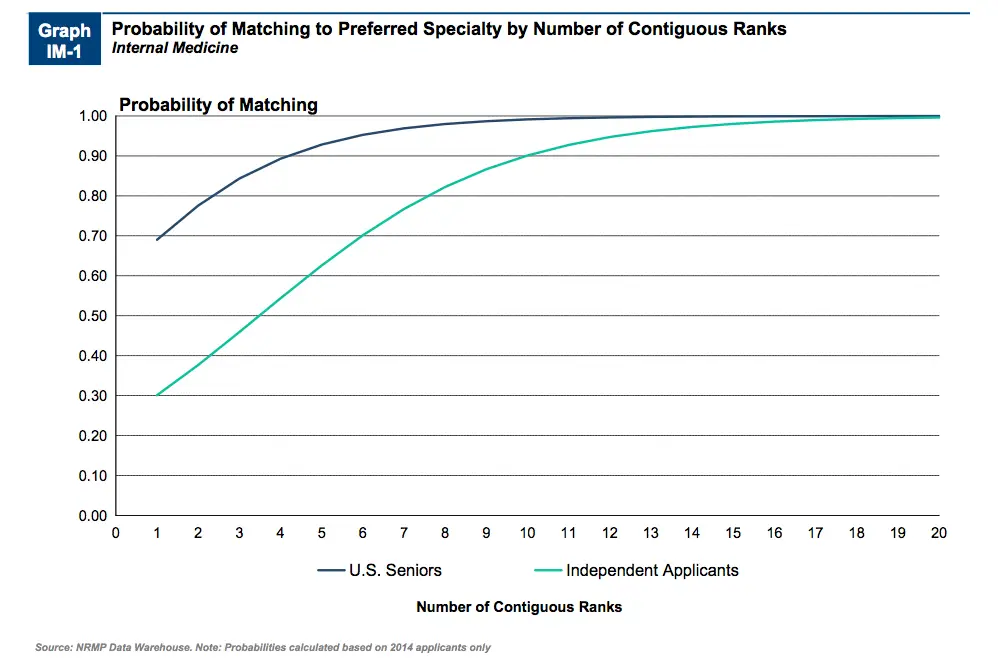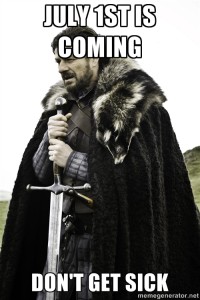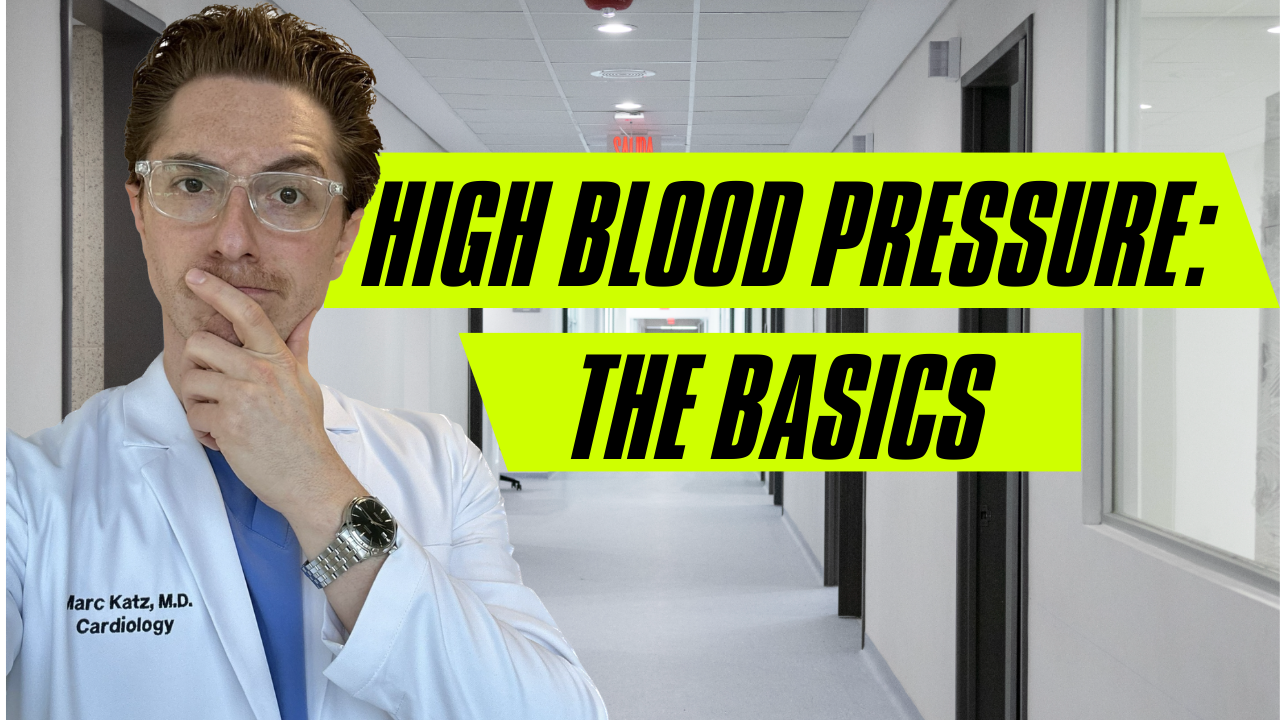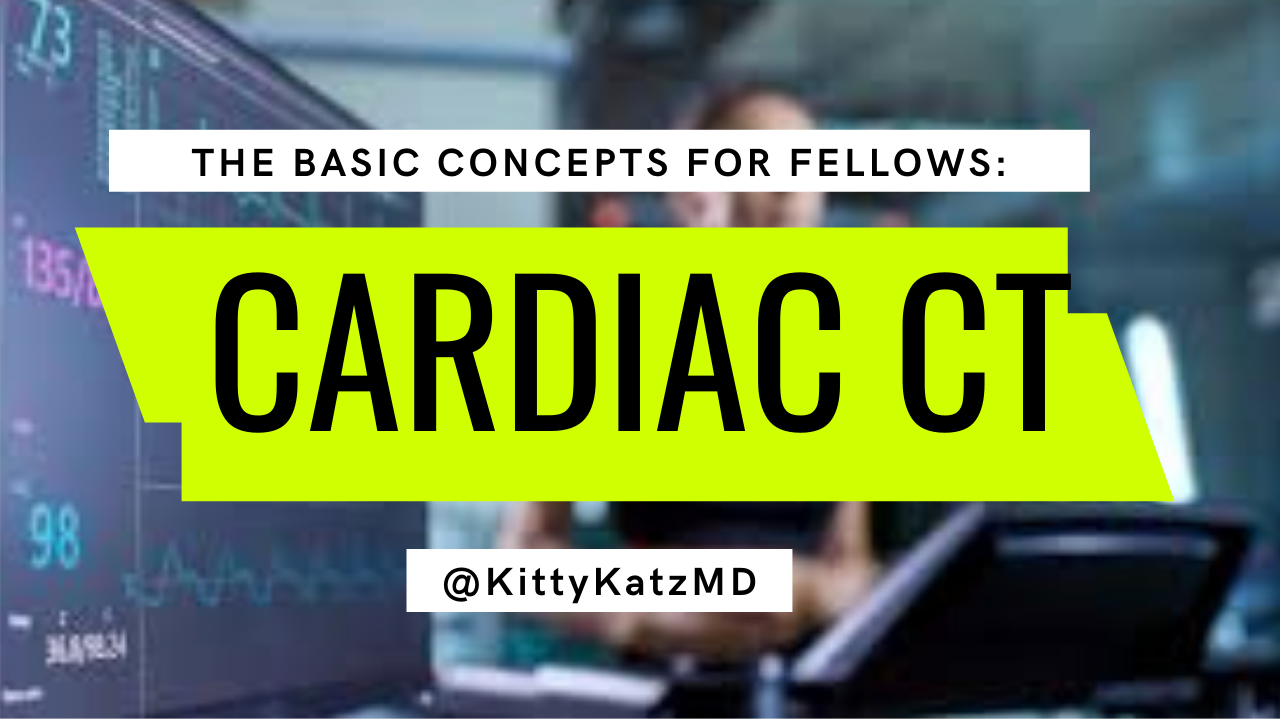What is ‘The Match’?
Are you in medical school? Sick and tired of explaining the process of step exams, clinical rotations, the interview process, and the dreaded match algorithm to your friends and family? Send them this post before you go home for the holidays and hopefully everyone will have a better idea as to when they can start calling you doctor if they haven’t done so already.
First let me recap the med school timeline for you so we’re all on the same page. The first two years of medical school are the basic sciences. It’s the classic classroom experience where we learn all of the science behind the medicine. This takes roughly two years and culminates with step 1 of the US Medical Licensing Exam (USMLE). Or the COMLEX (Comprehensive Osteopathic Medical Licensing Examination of the United States) level 1 if you are in an osteopathic school.
Now if you have a friend, family member, cousin, or are simply Facebook friends with a med student then you have likely heard of these exams. Or at least heard us complaining about studying for them. So what can possibly make these tests so important that we take months off to study for them? Although stellar board scores alone won’t secure you an interview they can certainly ‘pose a problem when they are significantly below the mean. Board scores have become ‘a threshold that must be achieved in order to receive an invitation for an interview’ (3). It’s a way to weed out thousands of applicants to a smaller pool of hundreds of interviewees to a handful of residents depending on the program and specialty.
Each specialty can be loosely broken down into highly competitive, moderately competitive, and less competitive specialties based on information obtained from previous residents who matched into each one respectively. Highly competitive specialties including dermatology, neuro surgery, orthopedic surgery, plastic surgery, radiology/oncology, radiology, urology, opthalmology, and otolaryngology. Moderately competitive specialties include emergency medicine, OB/GYN, and general surgery. Less competitive specialties include family medicine, internal medicine, neurology, pathology, and psychiatry (3). One of the important pieces of data used to signify each fields competitiveness is the average board score of matched applicants into those respective fields. More competitive fields can use a higher cutoff. So again, a high board score doesn’t guarantee you anything but a low board score can filter you out of the process.
—
For instance, The following graph is taken from the 2014 National Resident Match Program (NRMP) data that is available online here.

This chart “displays the step 1 scores for matched US seniors and independent applicants by specialty. The horizontal bars are median values for successful applicants and the vertical lines show the interquartile ranges (the top and bottom scores of applicants). Scores are generally higher for more competitive specialties, but there is still substantial overlap when specialties are compared” (1). The same thing goes for step 2 scores. You have to do well and, on average, everyone does better on step 2 than step 1. In 2014, the average step 1 score for matched applicants was 230 and the average step 2 score was 243 (1). Here’s the step 2 chart:

And if you were wondering to yourself, ‘what the hell is an independent applicant’ the answer is anyone who isn’t graduating from a US allopathic medical school. That includes students from Caribbean schools and also American D.O. programs (1)
—
Okay, so you finished your first two years of medical school, wrote your step 1 exam, finished your third year of medical school, and wrote your step 2 exam. Now what? At this point you start applying for residencies. A survey performed by the American Medical Association (AMA) of 1,000 fourth year medical students from US allopathic programs from the showed that students applied to an average of 36.4 programs.

This is where the dichotomy between ‘US senior applicants’ and ‘independent applicants’ is really staggering. Caribbean medical students are known to apply to upwards of 100 programs. Personally, I applied to 144 programs for internal medicine. So what’s so important about interviews these interviews? To answer that question we go back to the NRMP match data which shows that the greater the number of interviews you have the greater chance you have to match (and not be unemployed come July 1st).

This chart for internal medicine shows an applicants probability of matching based on the number of contiguous ranks. Contiguous ranks means that when it comes time for an applicant to rank programs, that the programs on an applicants match list is in the same specialty. Meaning that programs that you rank one through five are all in internal medicine. Not internal medicine and pediatrics. And in order to get that contiguous rank list you need interviews.
10 interviews seems to be the magic number that most students strive to surpass. What’s the probability of matching if an ‘independent applicant’ like myself gets 12.3 interviews? It’s still above 90% and I’d take those odds any day in Vegas. So 10 interviews seems to be the magic number that most students strive for. That still means that there are students out there who have 10 interviews and don’t match but your likelihood increases with the more interviews that you get.
So how does ‘the match’ work? It’s a complicated computer algorithm similar to what sororities use during rush (you know, minus the computer algorithm). Applicants make a list of the programs they want to go to, each program makes a list of which applicants they want, the information goes into a computer algorithm, and the algorithm spits out the match. Watch this 2-minute video to really understand it:
So in summary, get good board scores so you aren’t filtered out, score at least 10 interviews, don’t be a weirdo on the interview, and hope that you match. On Monday, March 14th applicants find out IF they matched. This gives unmatched applicants a week to participate in the SOAP (supplemental offer and acceptance program) and attempt to fill unmatched residency spots. Then on Friday, March 18th applicants across the country find out WHERE they matched. Then come July 1st, new interns start nationwide. Happy holidays!
1- Charting Outcomes In The Match. Characteristics Of Applicants Who Matched To Their Preferred Specialty In The 2014 Main Residency Match. 5th ed. Washington, DC: NRMP, 2014. Web. 23 Dec. 2015.
2- LWW,. “Going “Fourth” From Medical School: Fourth-Year Medical Stu… : Academic Medicine”. N.p., 2015. Web. 23 Dec. 2015.
3- Katta, Rajani, Samir P Desai, and Samir P Desai. The Successful Match. Houston, Tex.: MD2B, 2009. Print.


